Police theory: Bikie associate Mark Horne planned ‘methodical’ escape via Bankstown airport
Police have revealed a new theory on the whereabouts of alleged runaway bikie associate Mark Horne, involving a flight out of Bankstown airport to an unknown destination.
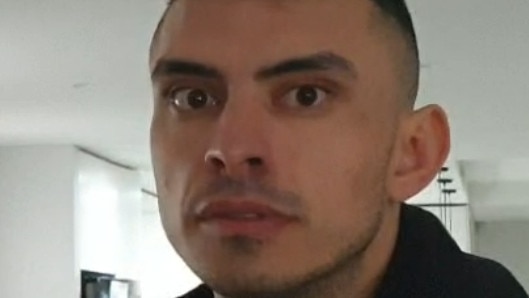
Police & Courts
Don't miss out on the headlines from Police & Courts. Followed categories will be added to My News.
Bikie associate Mark Horne allegedly chartered a private plane out of Bankstown Airport on Friday night, hours after he cut off his ankle bracelet and ditched it in the back of an Uber.
Horne was on bail awaiting trial on charges over the shooting of truck driver Leith Carstairs and theft of $550,000 in cash at Mt Lambie in the Blue Mountains on September 29, 2020, when he disappeared last Friday, sparking a major police manhunt amid fears he is trying to get out of the country.
NSW Police Detective Superintendent Grant Taylor revealed on Tuesday that investigators now believe the heavily-tattooed Horne had planned his alleged getaway “methodically”.
That included taking an Uber from Arncliffe to Riverwood early on Friday morning, during which time police allege he cut off his court prescribed ankle monitoring bracelet - leaving it to travel all across Sydney and confuse police in their search efforts.
“Horne got out of the Uber and had cut his bracelet off and left it under the driver’s seat of the Uber.”
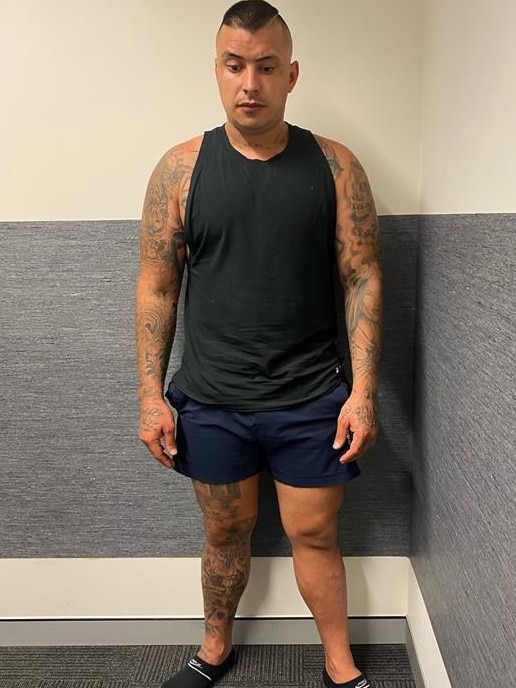
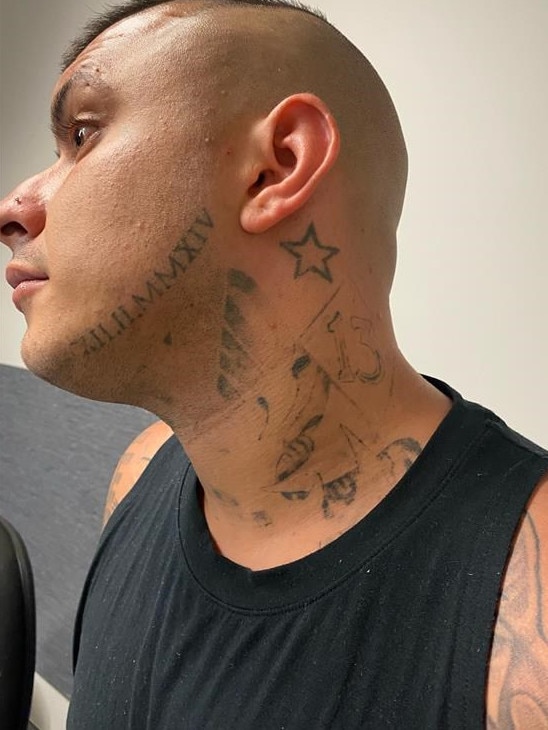
“Horne got into a small white vehicle... a Honda Getz with registration BV67PS.
“We’re obviously appealing for anyone who may have seen that car parked there in the days before Friday morning, or has seen that car since.”
Det Supt Taylor said police believe Horne, an associate of both the Rebels and Comanchero OMCG, travelled in that car along the M5 Motorway towards Bankstown.
From there police allege he chartered a light aircraft that took him out of Sydney, but the destination of its travel - and his potential current location - are not known.
“We’re obviously appealing to any regional airports in rural NSW and Queensland to be on the lookout for Horne, or the suspicious activity of any aircrafts coming and going from their regional airports,” Det Supt Taylor said.
“We still believe that Horne is making his way to Queensland, if (he is) not in Queensland, and will be making his way from Queensland into South East Asia.
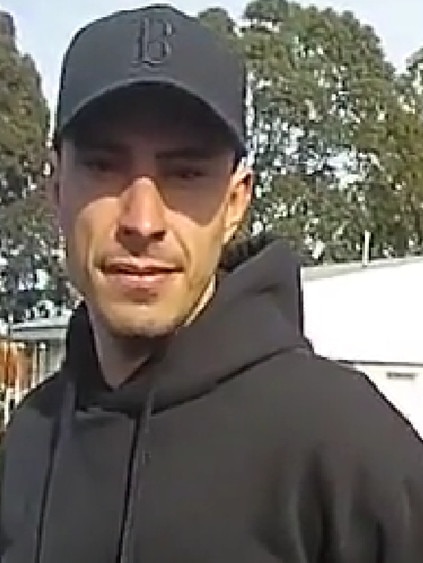
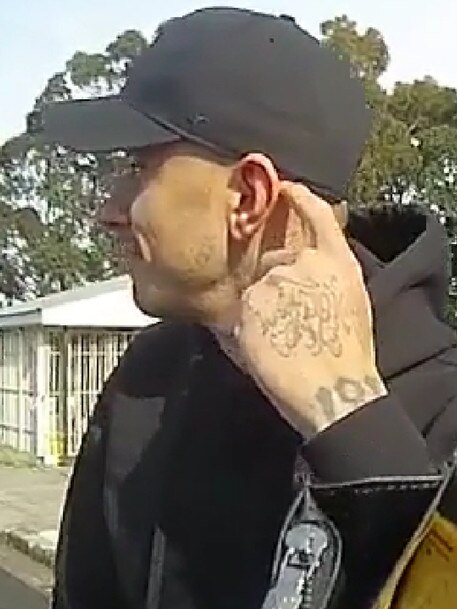
“It’s very difficult to tell just how much of a headstart he has got and how far he has gone, and whether he has hidden out for a little while or he’s made his way completely to Queensland and is currently well and truly on his way out of the country.”
The path out of Sydney through Bankstown Airport was one of the early theories police investigated late last year, during their hunt for alleged drug kingpin Mostafa Baluch - whose failed escape made national headlines.
Baluch was eventually captured at the border of NSW and Queensland, and like Horne, is alleged to have had ambitions of fleeing to Asia - and then potentially off into Europe.
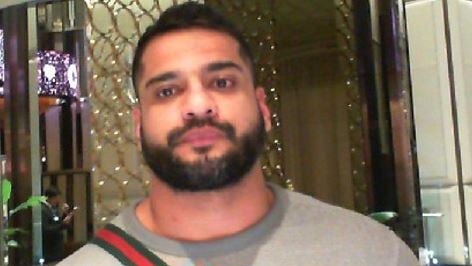
Horne was granted NSW Supreme Court bail last August on strict conditions including the wearing of an ankle monitoring bracelet, the surrender of his passport and deposit of a $500,000 surety.
His release on bail came eight months after his arrest in late-2020 over the shooting of a truck driver in the Blue Mountains.
Horne was expected to face trial in the coming weeks on charges including robbery in company, knowingly deal with the proceeds of crime and take person in company.
Two other charges of discharge firearm and kidnap in company were withdrawn.
Police have warned that Horne is “dangerous” and not to approach him if he is spotted, but rather to contact Triple Zero immediately.
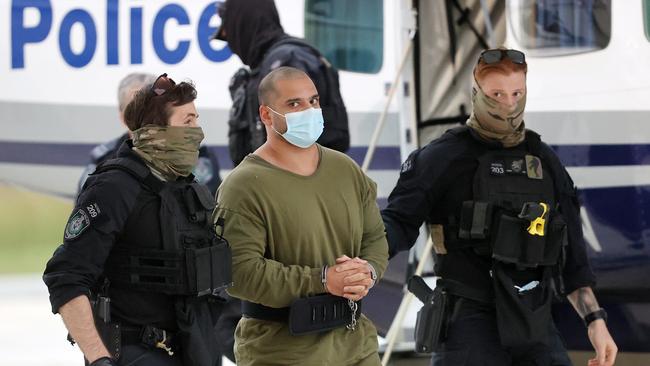
In the wake of Baluch’s alleged attempted escape and several other controversial bail decisions, Attorney-General Mark Speakman ordered a review of the state’s bail laws by a Bail Act Monitoring Group.
Its findings, handed down earlier this year, suggested the group monitor new legislation around electronic monitoring over the next 12 months.
In a statement, Mr Speakman said there are strict minimum standards for them to be approved and also the fact they are often pushed for by the accused – not the prosecution.
“When electronic monitoring is imposed as a bail condition, it has usually been offered by the accused as a way to mitigate risks and therefore get bail, rather than sought or agreed to by the prosecution,” he said.
“It is directly arranged with a private electronic monitoring provider, and also funded by the accused. This is different to the use of electronic monitoring as a condition of parole or sentence, which is arranged and supervised by Corrective Services NSW.”
Mr Speakman also referred in his statement to comments he made at the second reading of the state’s new bail laws in June, when he stated it was impossible to “remove entirely the possibility … an accused trying to remove or interfere with their electronic monitoring device”.





